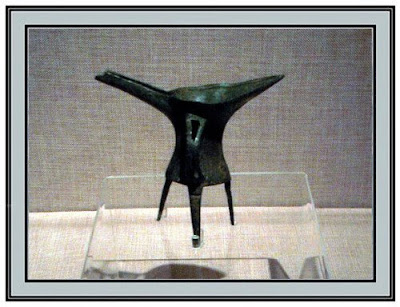Exhibition at the Capital Museum, China
July 29 – October 7, 2008
Beijing, China
http://www.capitalmuseum.org.cn/exhibitionpage/zgjy.htm
Translated and edited by Staff of Orilily LLC
Part 4- The End of the Ancient Chapter (900-1800)
 The spirit of the Song Dynasty (960-1279) turned from splendor and extravagance to inner peace and happiness, and was very particular about elegant and subtle sensibility. Music, chess, calligraphy, and painting became the subject of the emotional expression by the elite and the intellectuals. Tea and wine savoring became stylish and fashionable. The philosophical understanding of life and the world reached a new peak, which was often reflected in porcelains of Song.
The spirit of the Song Dynasty (960-1279) turned from splendor and extravagance to inner peace and happiness, and was very particular about elegant and subtle sensibility. Music, chess, calligraphy, and painting became the subject of the emotional expression by the elite and the intellectuals. Tea and wine savoring became stylish and fashionable. The philosophical understanding of life and the world reached a new peak, which was often reflected in porcelains of Song.At the same time, some northern tribes pushed to the south, took up territories, and introduced their own culture elements to the Chinese. However, no matter how far these tribes went, their culture elements were eventually assimilated by the Chinese culture, although they added additional charms to and enriched the Chinese culture.

In the about five hundred years of the Qing Dynasty (1644-1911), the vastly enriched Chinese culture was further developed and refined. The Forbidden City was the highlight of the rich and sophisticated culture. The naming of the halls in the Forbidden City, such as the Hall of Supreme Harmony, the Hall of Preserving Harmony, reflected the desire of peace and harmony by the Chinese.
 Silk painting of entertainment at the imperial palace (1465-1487)
Silk painting of entertainment at the imperial palace (1465-1487)

























































